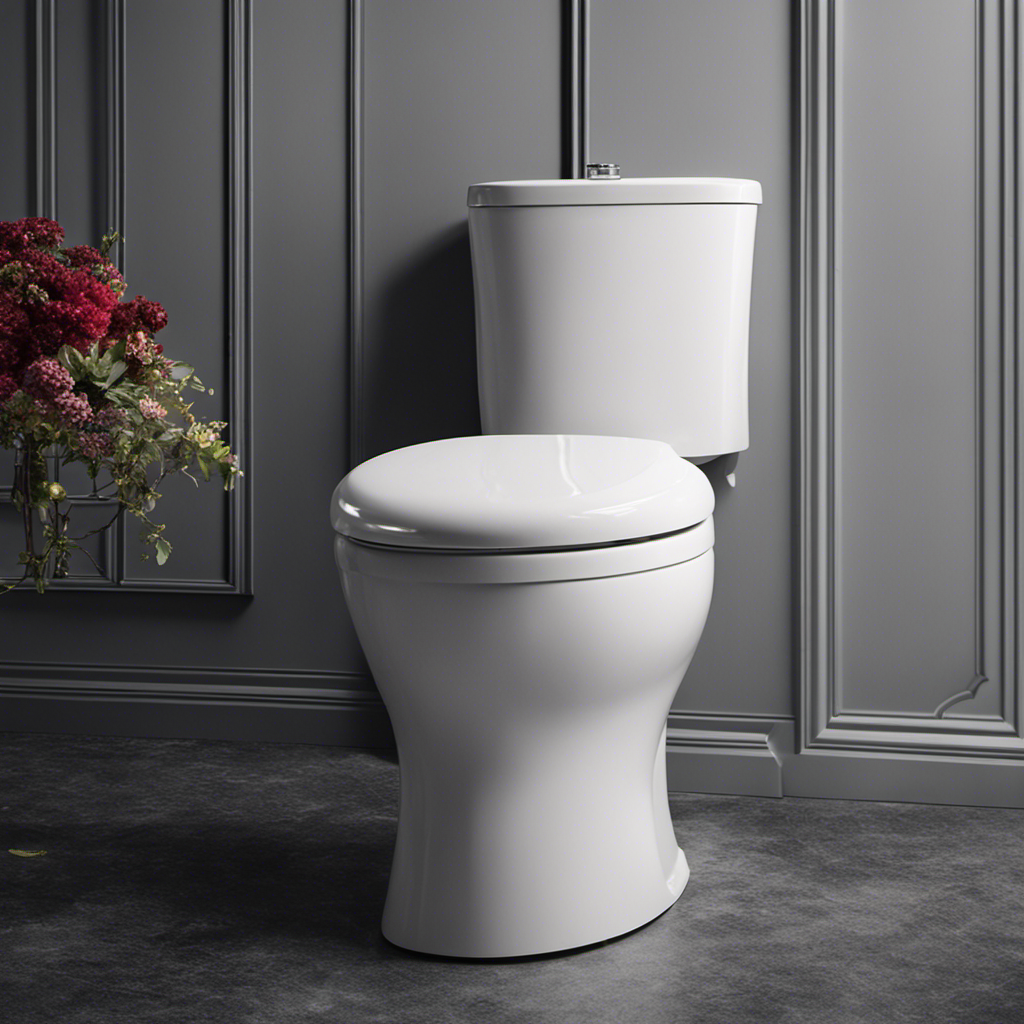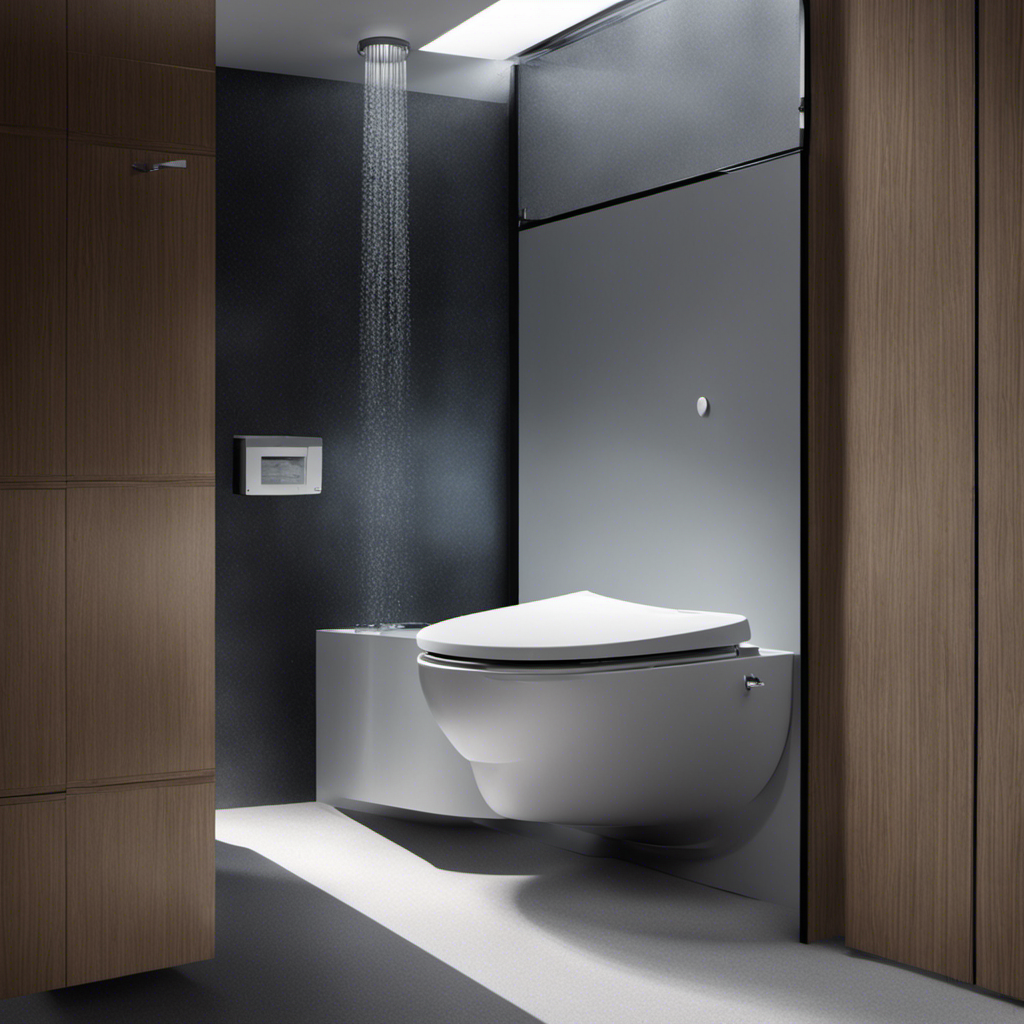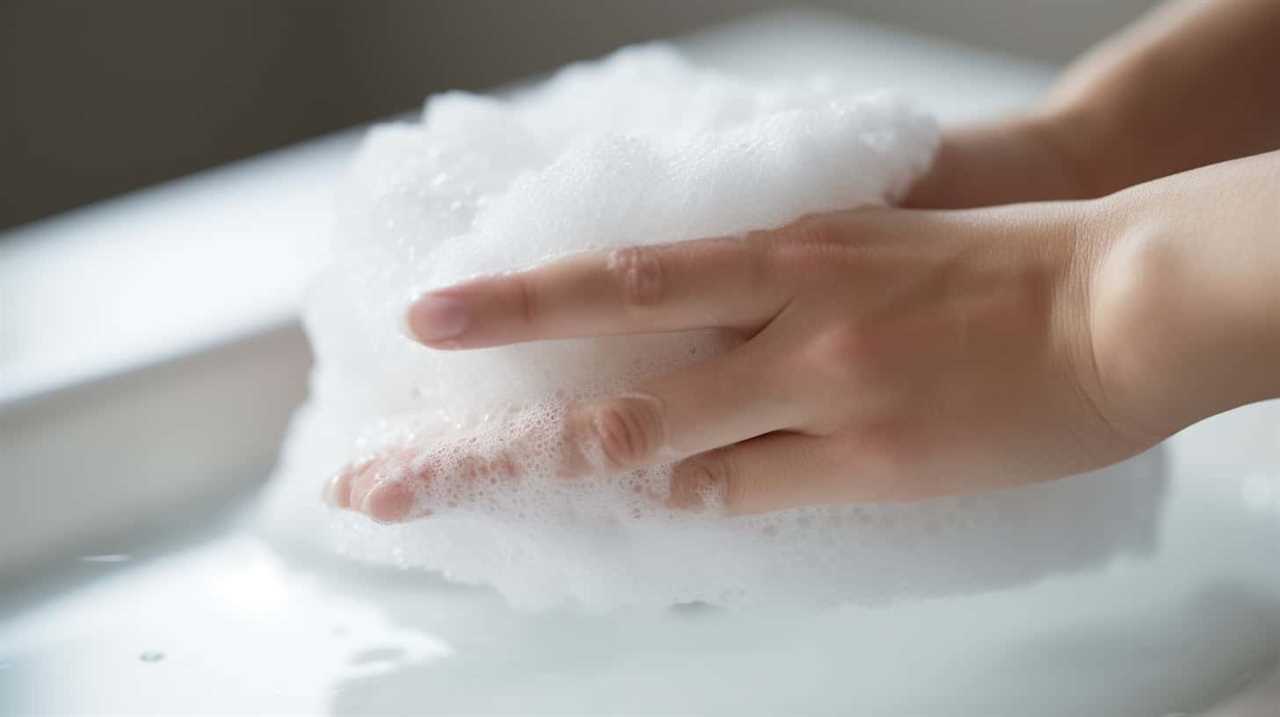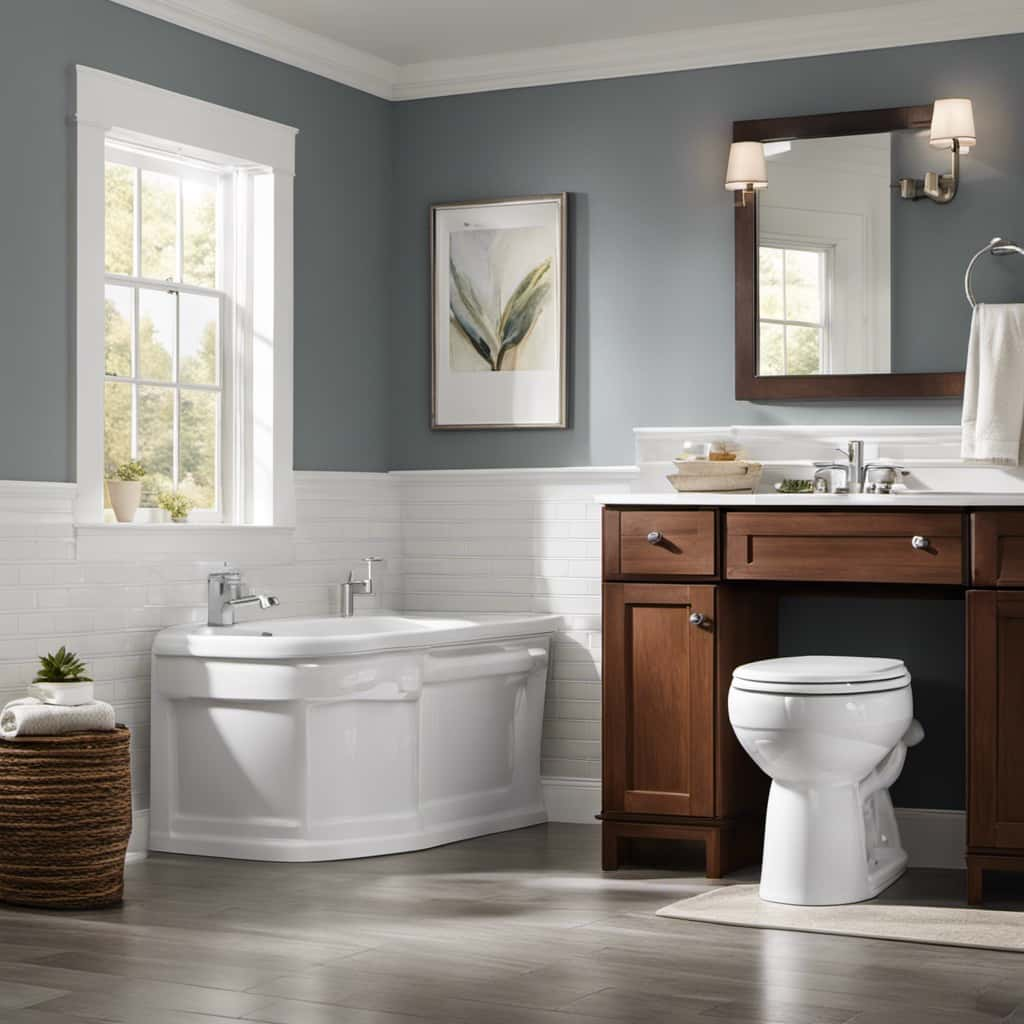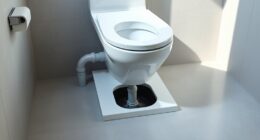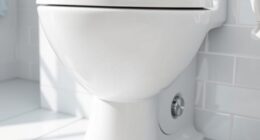Flappers on toilets may seem insignificant, but they play a crucial role in the functioning of our beloved porcelain thrones. As a plumbing enthusiast, I’ve come to appreciate the importance of these little devices.
In this article, we will delve into the world of toilet flappers, exploring their definition, common problems, and how to identify and replace faulty ones.
So, fasten your seatbelts, folks, as we embark on a journey to demystify the fascinating world of toilet flappers.
Key Takeaways
- A toilet flapper is a rubber device that controls the flow of water from the tank into the bowl when you flush.
- There are different types of toilet flappers, including the flapper ball and the flapper valve.
- Common problems with toilet flappers include getting stuck in the open position, misalignment or wear, and water leakage.
- Identifying signs of a faulty toilet flapper, such as continuous running, weak flushes, and water leaks around the base, is important for early detection and troubleshooting.
Definition of a Toilet Flapper
To understand what a toilet flapper is, you should know that it is a rubber device that controls the flow of water from the tank into the bowl when you flush.
Toilet flappers are made from various materials, but the most common ones are rubber and silicone. Rubber flappers are flexible and durable, allowing for a tight seal to prevent water from leaking into the bowl. Silicone flappers, on the other hand, are more resistant to chemicals and last longer.
There are also different types of toilet flappers, such as the flapper ball and the flapper valve. The flapper ball is a round rubber disc that covers the flush valve opening, while the flapper valve is a cone-shaped rubber piece that seals the valve.
Understanding the different types and materials of toilet flappers is essential in maintaining a properly functioning toilet.
Now, let’s delve into the common problems with toilet flappers.
Common Problems With Toilet Flappers
One common problem with toilet flappers is that they can get stuck in the open position, causing constant water flow. This issue is often the result of a misaligned or worn flapper.
To troubleshoot and repair a toilet flapper, start by turning off the water supply to the toilet and flushing to drain the tank. Inspect the flapper for any signs of damage or debris that may be preventing it from closing properly. Clean or replace the flapper if necessary, ensuring that it is properly aligned with the flush valve.
Additionally, check the chain length and adjust it if needed to ensure proper operation.
How to Identify a Faulty Toilet Flapper
If your bathroom fixture keeps running nonstop, it’s likely due to a faulty component that prevents water flow from stopping. In most cases, this component is the toilet flapper. A malfunctioning toilet flapper can lead to water wastage and an annoyingly persistent running toilet.
To identify a faulty toilet flapper, look out for the following signs:
-
Continuous Running: If your toilet keeps running even after flushing, it could be a clear indication of a malfunctioning flapper.
-
Weak Flush: If you notice that your toilet is not flushing with the same force as before, it may be due to a flapper that is not sealing properly.
-
Water Leaks: If you find water pooling around the base of your toilet, it could be because the flapper is not creating a tight seal, causing water to leak.
Steps to Replace a Toilet Flapper
When replacing a faulty toilet flapper, start by turning off the water supply to the bathroom fixture. This is an essential step to prevent any water leakage during the replacement process. Once the water supply is turned off, you can proceed with removing the old flapper and installing a new one. Toilet flapper maintenance is crucial for the proper functioning of your toilet. Over time, flappers can wear out or become damaged, resulting in water leaks or inefficient flushing. It is important to replace a toilet flapper for several reasons, including:
- Water conservation: A faulty flapper can cause continuous water leakage, leading to wastage of water and higher water bills.
- Improved flushing performance: A worn-out flapper may not create a proper seal, affecting the flushing power of your toilet.
- Preventing water damage: A leaking flapper can cause water damage to your bathroom floor or surrounding areas.
By following these steps and maintaining your toilet flapper, you can ensure the efficient and reliable performance of your toilet while saving water and preventing potential damage.
| Reason | Description |
|---|---|
| Water Conservation | Faulty flappers can cause continuous water leakage, resulting in wastage of water and higher water bills. |
| Improved Flushing Performance | Worn-out flappers may not create a proper seal, affecting the flushing power of your toilet. |
| Preventing Water Damage | Leaking flappers can cause water damage to the bathroom floor or surrounding areas. |
Tips for Maintaining a Toilet Flapper
To maintain a properly functioning flapper, you should regularly check for any signs of wear or damage. A worn or damaged flapper can lead to leaks and inefficient flushes. Here are some tips for maintaining your toilet flapper:
-
Check for wear and tear: Inspect the flapper for any cracks, tears, or warping. These can prevent a tight seal and cause water to continuously leak into the bowl.
-
Clean the flapper: Over time, debris and mineral buildup can affect the flapper’s performance. Clean it regularly with a soft brush and mild detergent to ensure it moves freely and creates a proper seal.
-
Adjust the chain: If the chain connecting the flapper to the flush handle is too tight or loose, it can affect the flapper’s operation. Adjust it so there is a slight slack, allowing the flapper to fully close after each flush.
Conclusion
In conclusion, the toilet flapper is a vital component of your toilet’s flushing mechanism. It is responsible for controlling the flow of water from the tank to the bowl. Identifying and replacing a faulty flapper is crucial to ensure the proper functioning of your toilet.
By following the steps outlined in this article, you can easily maintain and replace your toilet flapper, keeping your bathroom running smoothly. Remember, a well-maintained flapper is the key to a leak-free and efficient toilet, saving you both water and money.
So, don’t wait, tackle those toilet troubles today!
